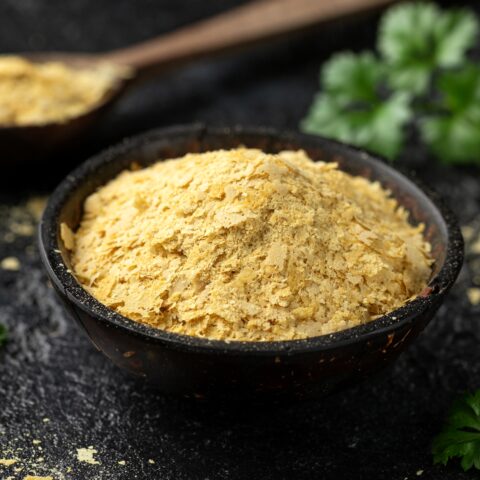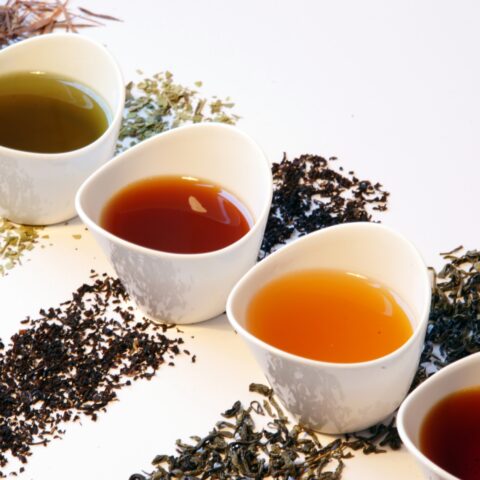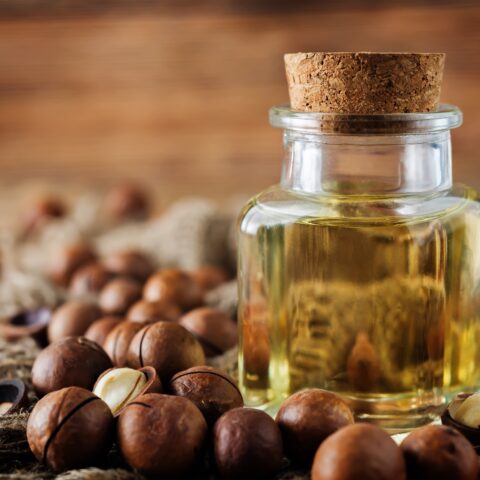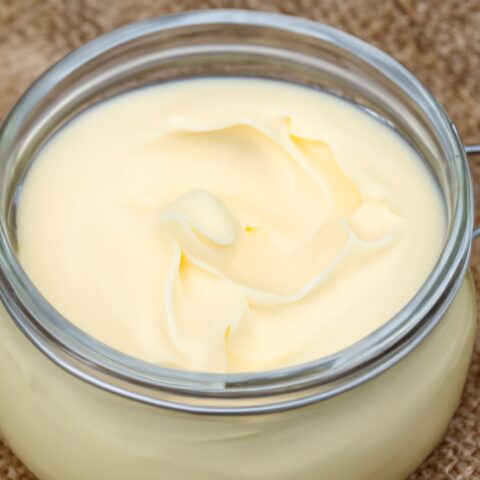Which Cooking Oils Are Healthiest and Paleo?
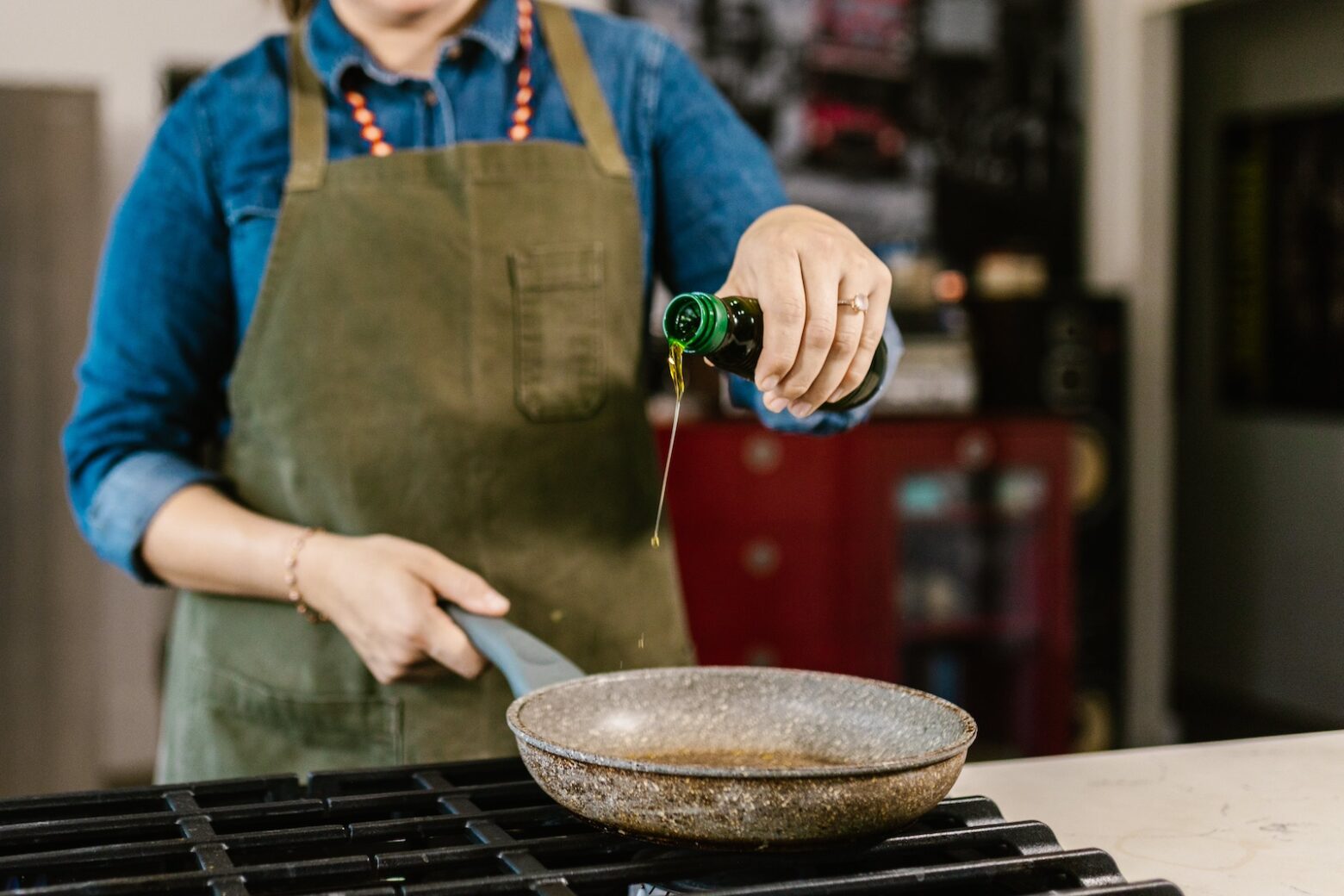
Do you know which oil to reach for when you’re cooking on high heat? How about the best oil for salad dressings? There’s a lot to consider when it comes to selecting the healthiest oils for cooking and dressing dishes. Some oils are very bad for your health while other Paleo oils are good for you but best used for particular purposes.
One of the biggest health factors to consider is each oil’s smoke point. When oils get so hot that they start smoking, this means that they’ve reached their stability point and they begin to decompose, releasing free radicals along with toxic fumes. Oils are often refined to raise their smoke point through a process of heating, neutralization, filtering, and processing with chemicals and bleaching agents, removing sometimes once-healthy oils from their pure state.2 This is why vegetable oils are actually quite dangerous, though they sound innocent enough.
Pure animal fats, such as lard, tallow, duck, and chicken fat, can withstand very high temperatures without oxidizing1. If you’re cooking over high heat, you’ll want to reach for the beef tallow instead of olive oil, which begins breaking down at lower temperatures.
If you can’t cook with animal products and want to use a bottled oil, we have six different kinds of Paleo cooking oils that are the best oils to cook with: flaxseed, walnut, olive, macadamia, coconut, and avocado. Here’s how you can best use each one.
Flaxseed Oil
Don’t use this one for cooking! Flaxseed oil is exceptionally high in alpha-linolenic acid (ALA), which is the parent fatty acid to omega-3 fatty acids. Omega-3 fatty acids are extremely sensitive to heat, oxygen, and light,3 so refrigerate it to keep it stable. Use it as a base for salad dressings, or as a finishing oil over vegetables after they’ve cooled a bit.
Walnut Oil
Walnut oil possesses many antioxidants, including ellagic acid, which research suggests is antiatherogenic and supports osteoblastic activity.4 It’s a great source of omega-3 fatty acids 5 and although the refined version is often labeled safe for high-heat cooking, it is best not to heat it to high temperatures. Not only will the omega-3s be damaged, but the oil will also develop a bitter taste. The unrefined version can be heated to 320°F,6 so sauté vegetables in walnut oil at low-to-medium heat, or drizzle on salads.
Extra-Virgin Olive Oil (EVOO)
Olive oil contains at least 30 phenolic compounds.7 Phenols have been shown to reduce the amount of oxidative stress on the body8 and protect the polyunsaturated fat in the olive oil from oxidizing. Olive oil is a great source of healthy monounsaturated fats, which help control cholesterol levels and have been linked with heart health. There are many varieties of olive oils, sourced from all over the world. Each has its own unique flavor and color that can be experimented with to highlight whatever dish you are cooking. And, while extra virgin olive oil has a smoke point of 325°F,9 it is fairly resistant to oxidation, even when used for high-heat deep-frying.10, 11
Macadamia Nut Oil
Macadamia nut oil is higher in monounsaturated fats than olive oil12 and provides the lowest level of omega-6 fats of any nut.13 It is high in phytochemicals, (qualene, tocotrienols and tocopherols), which protect against oxidation, making it suitable for room-temperature storage for up to two years.14 Macadamia nut oil has been shown to improve the biomarkers of oxidative stress, inflammation, and reduce the risk factors for coronary artery disease.15
With a smoke point of 413°F, 16 macadamia oil can be used for almost any dish whether you’re grilling, sautéing or stir-frying.
Coconut Oil
Coconut oil is more than 90% saturated fat. Specifically, it’s high in medium-chain triglycerides (MCTs). MCTs do not require bile acids for digestion, which makes them easy to digest and available immediately as a fuel source.17 Coconut oil is also rich in lauric acid, a fatty acid found in mother’s milk that has anti-fungal, anti-bacterial and anti-viral properties.18 Unrefined coconut oil, which has not been bleached or filtered to remove impurities or natural flavors, has a smoke point of 320°F.19
You can use coconut oil as a replacement in any recipe that calls for butter, such as for coating a whole chicken before roasting. It also works well with Caribbean or Asian recipes, especially for those who aren’t quite accustomed to the flavor. We use it regularly to sauté vegetables, like kale or onions, as well as to grease the pan when cooking eggs.
Avocado Oil
Cold-pressing avocados retain their high concentrations of vitamin E 20 and chlorophyll (40-60mg/kg), which gives the oil a green tint. 21 Research shows that consuming avocado oil enhances carotenoid absorption from vegetables,22 and can decrease your risk of coronary artery disease.23
Similar to olive oil, avocado oil has a higher Omega 6:3 ratio (13.1:1).24 Avocado oil can withstand heat. Virgin (unrefined) avocado oil has a smoke point of 40025 and can be used in any high-heat cooking. Use this instead of canola or vegetable oil!
References
[1] Sherwin, E. R. Oxidation and antioxidants in fat and oil processing. Journal of the American Oil Chemists’ Society 55.11 (1978): 809-814.
[2] Available at: //www.business2community.com/health-wellness/the-danger-of-cooking-with-healthy-oils-past-their-smoke-point-0418150. Accessed on October 28, 2014.
[3] Choo, W. S., E. J. Birch, and J. P. Dufour. Physicochemical and stability characteristics of flaxseed oils during pan-heating. Journal of the American Oil Chemists’ Society 84.8 (2007): 735-740.
[4] Papoutsi, Z., et al. Walnut extract (Juglans regia L.) and its component ellagic acid exhibit anti-inflammatory activity in human aorta endothelial cells and osteoblastic activity in the cell line KS483. British journal of nutrition 99.04 (2008): 715-722.
[5] Available at: //www.hsph.harvard.edu/nutritionsource/omega-3/. Accessed on October 28, 2014.
[6]Available at: //www.goodeatsfanpage.com/collectedinfo/oilsmokepoints.htm. Accessed on October 28, 2014
[7] Tuck, Kellie L., and Peter J. Hayball. Major phenolic compounds in olive oil: metabolism and health effects. The Journal of nutritional biochemistry 13.11 (2002): 636-644.
[8] Kim, Hwa-Young, Ok-Hee Kim, and Mi-Kyung Sung. Effects of phenol-depleted and phenol-rich diets on blood markers of oxidative stress, and urinary excretion of quercetin and kaempferol in healthy volunteers. Journal of the American College of Nutrition 22.3 (2003): 217-223.
[9]Available at: //culinaryarts.about.com/od/culinaryreference/a/smokepoints.htm. Accessed on October 28, 2014.
[10] Casal, Susana, et al. Olive oil stability under deep-frying conditions. Food and Chemical Toxicology 48.10 (2010): 2972-2979.
[11] Sutherland, Wayne HF, et al. Effect of meals rich in heated olive and safflower oils on oxidation of postprandial serum in healthy men. Atherosclerosis 160.1 (2002): 195-203.
[12] Ako, H, Okuda D, and Gray D. Healthful new oil from macadamia nuts. Nutrition (Burbank, Los Angeles County, Calif.) 11.3 (1995): 286.
[13] Avaialable at: //blog.lluniversity.com/nuts-and-oils-why-coconut-and-macadamia-nut-are-king/. Accessed on October 28, 2014.
[14] Wall, Marisa M. Functional lipid characteristics, oxidative stability, and antioxidant activity of macadamia nut (Macadamia integrifolia). Food chemistry 121.4 (2010): 1103-1108.
[15] Garg, Manohar L, et al. Macadamia nut consumption modulates favourably risk factors for coronary artery disease in hypercholesterolemic subjects. Lipids 42.6 (2007): 583-587.
[16] Available at: //www.naturalnews.com/029202_olive_oil_smoke_point.html. Accessed on October 14, 2014.
[17] Prior, IA, et al. “Cholesterol, coconuts, and diet on Polynesian atolls: a natural experiment: the Pukapuka and Tokelau island studies.” The American journal of clinical nutrition 34.8 (1981): 1552-1561.
[18] Isaacs, CE, et al. “Antiviral and antibacterial lipids in human milk and infant formula feeds.” Archives of Disease in Childhood 65.8 (1990): 861-864.
[19] Available at: //www.livestrong.com/article/446041-is-coconut-oil-good-for-frying-on-high-temperature-cooking/. Accessed on October 28, 2014.
[20] Eyres L, Sherpa N and Hendriks G. Avocado oil: a new edible oil from Australasia. Lipid Technol 2001;Vol 13, no 4:84-88.
[21] Swisher, Horton E. Avocado oil. J Am Oil Chem 65 (1988): 1705.
[22] Unlu, Nuray Z., et al. “Carotenoid absorption from salad and salsa by humans is enhanced by the addition of avocado or avocado oil.” The Journal of nutrition 135.3 (2005): 431-436.
[23] Watts GF, Lewis B, Brunt JNH, Lewis ES, Coltart DJ, Smith LDR, Mann JI and Swan AV. Effects on coronary artery disease of lipid-lowering diet, or diet plus cholestyramine, in the St Thomas’ Atherosclerosis Regression Study (STARS). Lancet 1992;339:563-569.
[24] Available at: https://theconsciouslife.com/omega-3-6-9-ratio-cooking-oils.htm. Accessed on October 28. 2014.
[25] Available at: //www.vegkitchen.com/tips/avocado-oil-expeller-pressed-naturally-refined/attachment/smoke-point-chart/. Accessed on October 28, 2014.
Stephanie Vuolo
Stephanie Vuolo is a Certified Nutritional Therapist, an American College of Sports Medicine Personal Trainer, and a Certified CrossFit Level 1 Coach, and mother.
More About The Author
